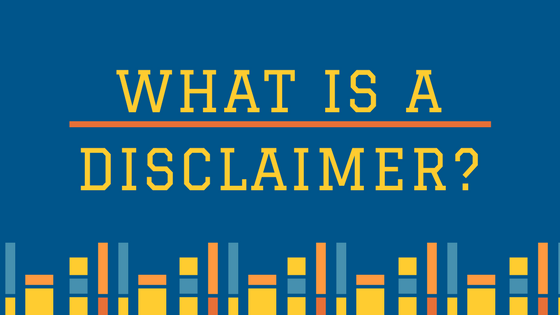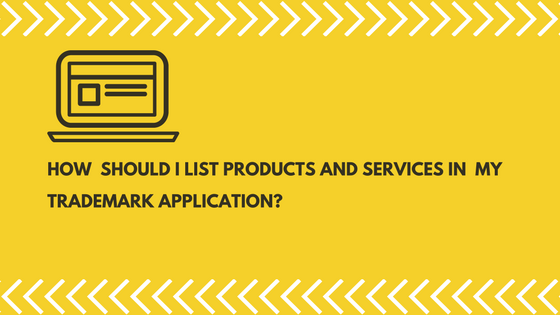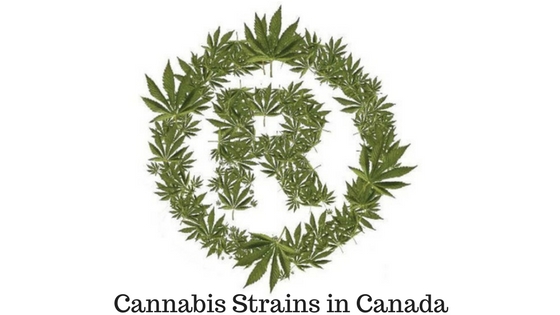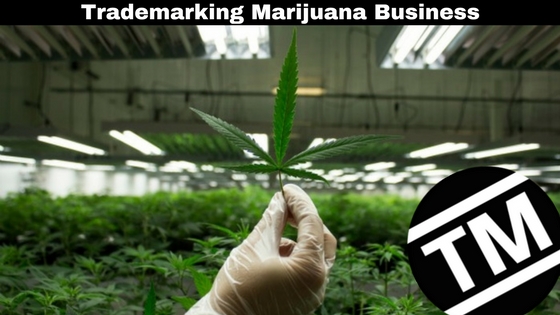If you’re an Amazon, Ebay or Etsy seller, you may have considered the possibility of sourcing your goods from China, a common practice in many businesses. However, a concern that arrives with Chinese sourcing is the fear of “knockoff” products, trademark and patent infringement. While China’s production laws can unfairly fall under this perceived weakness, it is true that IP infringement can occur with improper sourcing practices.
As a business owner, you want two things: 1) to protect your intellectual property (IP), and 2) to import and sell your goods under the supervision and guarantee of legal production processes. We understand the fear of “handing over” one’s IP to a different country, which is what it often feels like when dealing with overseas production.
However, with the proper steps taken, there should be little fear in utilizing outside sourcing for your business. These steps ensure the protection of your own IP as well as the avoidance of legal concerns involving infringement.
What Constitutes IP Theft?
If an individual or a business legally owns the rights to a brand name, product design, or patent, and another party uses these goods without permission, this constitutes IP theft.
Not only does this affect the infringing party, who is subject to costly lawsuits and steep fines, but if affects the owner of the IP, as well. Potential customers may decide to purchase the “knockoff” goods of the infringing party, thereby costing the owner much-needed revenue. Or, the customers may confuse the “knockoffs” with the legitimate IP owner, thereby ruining the IP’s integrity and reputation for quality.
How Do I Know What’s Considered IP?
If you’re unsure of what’s considered IP under your business, it’s beneficial to know that there are three types of intellectual property: patents, trademarks, and copyrights.
Patents
A patent grants its inventor (or designer) exclusive rights to the invention or design for a set amount of years (typically 20). Patents are most often used for things like packaging design, product design, and specific functional components. In fact, often only one part or one feature of a product (typically the distinctive feature) is patented.
Patents are typically country-specific, meaning that a patent based in the US would not be legally defensible abroad. However, if that product makes its way into a US market, that would constitute IP infringement.
Trademarks
Trademarks almost always concern the brand(s) of a particular business, and/or logos and slogans/mottos. You most often see the ® associated with registered trademarks. Trademarks last indefinitely. If you see a ™ next to a brand, that means that the name is used as a source indicator (as a trademark).
Copyright
Copyrights are concerned with protecting creative works, like poems, songs, or publications. While copyrights are usually not applicable to imported products, they can affect things like the copy on an online listing. It’s often difficult to prove copyright infringement, especially when the products fall under a common market.
—
The US, especially, has very strict IP laws, more so than other countries. This means that selling a “knock-off” product, or using a too-similar brand name (Schwin Bicycles vs. Schwinn Bicycles), or utilizing a patented idea without permission can get you into serious legal trouble. And because countries like China have more forgiving IP regulations, this can cause major headaches when attempting to import to the US.
How Can I Avoid Unintentional Infringement?
First, it’s important to note that you should never knowingly infringe upon someone else’s IP. Often, the first response is a cease-and-desist letter from the infringed party, but these cases can become serious and expensive problems to resolve. By considering these options below, you’ll ensure that you avoid even unintentional forms of IP infringement.
1. Know your suppliers and ensure that they’re credible
Typically, big manufacturers are credible, experienced, and highly regulated. They bring in a high amount of revenue annually and are committed to following IP regulations when producing or exporting products. On the other hand, smaller, lesser-known manufacturers are often struggling to break even, and usually do not have the same kind of oversight and regulatory standards seen in more active manufacturers. These smaller businesses are often not familiar with overseas IP standards, meaning that they could unintentionally get your business in to trouble due to lax production regulations.
But keep in mind that it is never your supplier’s responsibility to know your country’s IP standards. It’s your job to make the supplier aware of all relevant regulations and similar IPs to which you’d like them to adhere and/or avoid. If you’re working with a credible supplier, they’ll ensure that your products don’t infringe upon someone else’s IP with the correct information.
2. Get it in writing
Signing a contract can ensure that the supplier you’ve partnered with will honor the terms of the production agreement. This also gives you the chance to attach the applicable patents, trademarks, and copyright descriptions that your supplier can keep as a reference. And don’t forget to include a penalty clause in case the manufacturer unintentionally violates the contract.
3. Include an NDA
A non-disclosure agreement (NDA) is an agreement of confidentiality between you and your supplier. This NDA protects both your business information and its IP, ensuring that the supplier may not utilize your products for their own benefit (i.e. selling them to an overseas market), or even talk about your IP to other businesses or suppliers.
Some suppliers may be remiss to sign NDA’s, but we recommend working with firms like Trademark Angel that can help you with the fine print.
And remember that an NDA will do very little for you unless you also own the respective IP of the goods and/or products. If you don’t actually own the IP, then a company breaking an NDA will face very little consequences
4. Ensure that your IP is registered
It’s a good idea to register you IP (whether it’s a trademark, patent or copyright to a lesser extent) in as many countries in which you plan to do business. Remember that many IP laws are nationally-bound, meaning that you’ll require multiple registrations when dealing with multiple national markets.
5. Know your industry
Be knowledgeable of the major products and leading brands within your industry. This knowledge makes it that much easier to notice, and avoid, potential knock-offs or illegal copycats. For example, if you’re familiar with Schwinn Bicycles, you would know that a product with the name Schwin Bicycles is an IP infringement and thus should be avoided.
6. Search online for similar patents
The good news about patents and many forms of IP is that the companies who hold them will display them publicly online. Using a search engine (patents.google.com) is often the easiest way to discover what patents are already in the field, ensuring that you and your business do not accidentally infringe upon them.
7. Search for similar trademarks
Filing your trademarks early is the best way to ensure you get ahead of the game, especially if you are an Amazon seller and would like to get into the Amazon Brand Registry. Before you decide on a trademark for your product, make sure to search for a trademark to ensure the brand you have selected is available for use and registration. Namechk.com is a great free source to start and Trademark Angel offers a free trademark search.
8. Take preventative measures
It’s a great idea to hire a legal advisor to keep an eye on your market, so that you can be notified of a potential infringement right away. Similarly, you’ll also want to avoid things like unnecessarily sharing your IP with outside parties or explaining design ideas to competitors. You want to have a set, reliable method of responding to violations as soon as you find them, as well as frequent inspections of your manufacturing to ensure proper compliance.
—
If your business plans to source from overseas markets, like China, then following the steps above will ensure that you avoid the headache of an unintentional IP infringement, all while protecting your own valuable assets. Infringement cases can be costly, time-consuming, and detrimental to your business; it’s important to stay ahead of the curve and ensure proper IP standards.
If you have any questions about IP, or the causes and effects of infringement, feel free to reach out to the Trademark Angel team. Our experts are more than happy to walk you through the legal and necessary steps to keeping your business a success.












